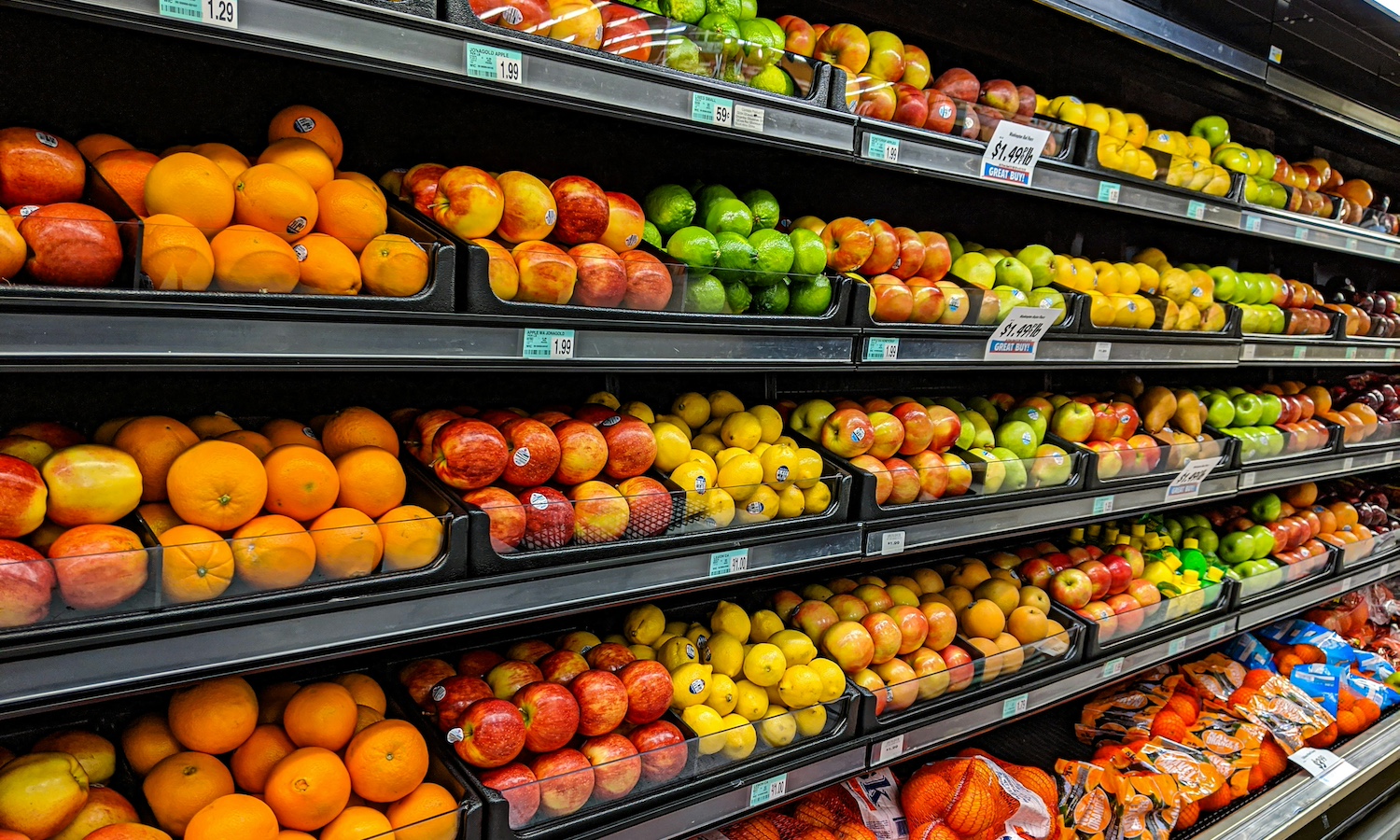Canned foods, block cheese, cereal. These are the foods I remember my mom bringing home from our small-town food pantry. I was an odd child; I begged my mom for fresh broccoli and carrots. But we rarely had them because they were expensive.
The food she picked up from the food pantry, and other processed foods, have become a staple in many low-income communities because they are cheaper. This is especially true in Indigenous communities, like mine. This is, in-part, because of forced removal from ancestral lands and disruption of traditional food ways and U.S. Department of Agriculture commodity food distribution programs, like the Food Distribution Program on Indian Reservations.
Luckily, generations of my family have been subsistence farmers. I saw firsthand where my food came from and there was always something fresh to eat in the summer. But despite a history of subsistence farming, processed foods have had a significant impact on my home community of Robeson County, NC with 16 percent of adults experiencing diabetes compared to the national average of 10 percent.
As the former inaugural Durham County Food Security Coordinator, I helped residents navigate choosing between paying their rent and buying groceries. I frequently wrestled with the question of how to make nutritious food more affordable. Since the COVID-19 pandemic, food prices have soared and food insecurity has reached new heights, impacting the physical, mental, and emotional well-being of countless families. With rent skyrocketing and wages stagnating, more people are struggling to afford necessities.
Like many families, when funds were tight my family prioritized quantity over quality, seeking the most food for the least amount of money. Additionally, time constraints, such as working multiple jobs, limit folks’ ability to prepare meals, pushing them towards highly or ultra-processed, convenient options that are often inexpensive and more appealing due to additives.
One of the reasons ultra-processed foods, including those containing corn, soy, and sugar, are so affordable is because those crops are heavily subsidized by the government. These so-called commodity crops—such as corn, soybeans, and cotton—account for 90 percent of agricultural subsidies, while “specialty crops”, which include fruits and vegetables, account for only 10 percent.
The Farm Bill, which expires on September 30, 2024, is a major source of these subsidies. It is unlikely that Congress will pass a new Farm Bill this year, but it is an important time for United States policymakers to pass better agricultural policy and make it easier for consumers to be healthy. Better food policies can help people afford healthier food options, including fruits and vegetables.
Durham County, and many other areas around the country, have local programs that help low-income families more easily access fresh fruits and vegetables; however, these programs are limited in funding and are not available in all locations.
But it is not just food insecure households that consume ultra-processed foods. According to a study done by Emory University and the Centers for Disease Control & Prevention that included over 10,000 people, about 56 percent of all calories consumed belonged to major subsidized foods, such as sodas sweetened by high‐fructose corn syrup and meals cooked with vegetable oil derived from soybeans. Additionally, research from Northeastern University’s Network Science Institute found that 73 percent of the U.S. food supply consists of ultra-processed foods, which on average are 52 percent cheaper than less processed alternatives.
Subsidies have helped make these food items more affordable and pervasive in food; but numerous studies show that eating ultra-processed foods is associated with poor health and preventable chronic diseases, like Type 2 diabetes and heart disease.
The U.S. government is spending billions of dollars in subsidies to make the unhealthy choice the cheapest choice, while also spending billions of dollars in public health programs to encourage people to eat healthy and avoid highly processed foods. Having spent 12 years as an evaluator for federal public health programs, it is easy for me to see these investments are cancelling each other out. Subsidizing fruits and vegetables at a higher level would make these foods more affordable and would help make the healthy choice the easy choice.
It is true that reducing subsidies for commodity crops could make other items more expensive, like ethanol gasoline and cotton for clothes. But people are much more able to use less gasoline and cotton than they are to buy less food.
We need policymakers to revise current agricultural subsidies to help people afford nutritious food options and reduce consumption of ultra-processed foods. If U.S. policies prioritize subsidies for fruits and vegetables, then we can reimagine a future where the healthy choice is the easy, affordable choice, and we reverse the trend of diet-related disease in the U.S.
Articles like the one you just read are made possible through the generosity of Food Tank members. Can we please count on you to be part of our growing movement? Become a member today by clicking here.
Photo courtesy of Gemma, Unsplash










